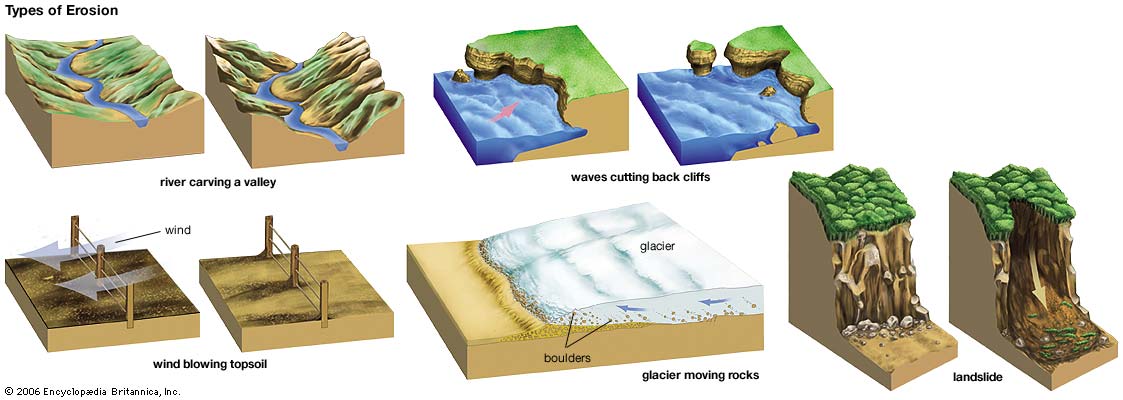“Fifty million years ago, the peaks of the Granite Range rose in today's central Wyoming, and began the long geologic processes of exfoliation. Over time, the vast weight of the mountains caused them to sag into the earth's crust, and about 15 million years ago, wind-blown sand smoothed and rounded their summits. Wind and weather eventually exposing an ancient peak, creating one of America's great landmarks.” (Will Bagely)
Independence Rock is a large rounded monolith of Archean period (4000–2500 million years ago) granite typical of the surrounding region and is an isolated peak at the southeast end of the Granite Mountains. Independence rock looks like a giant turtle shell that is about 700 feet wide and 1,900 feet long and is about 136 feet tall.
The Granite Mountains are a short subrange of the Rocky Mountains in central Wyoming of the United States. The range runs approximately 100 mi E-W along the south side of the Shoshone Basin, and north of the Sweetwater River, in eastern Fremont County and western Natrona County. The highest point is McIntosh Peak at 8,058 feet. Independence Rock is at the east end of the range. The region is rich in uranium and other mineral deposits.
Erosion
Erosion is the process by which soil and rock are removed from the Earth's surface by natural processes such as wind or water flow, and then transported and deposited in other locations.
Types of Erosion:
Splash Erosion: Small soil particles are detached and sent airborne through the impact of raindrops on soil.
Sheet Erosion: Raindrops break apart the soil structure and it's moved down-slope by water that flows overland as a sheet rather than definitive channels. This occurs frequently during cloud bursts.
Rill Erosion: This process develops small, short-lived, concentrated flow paths. These paths create a sediment source and delivery system for hill-slope erosion. Areas where precipitation rates exceed soil infiltration rates are more prone to this type of erosion.
Gully Erosion: Water flows in narrow channels during or directly following heavy rains or melting snow. The gullies can erode to considerable depths.
Valley or Stream Erosion: Continual water flow alongside land (along a linear feature) creates this type of erosion. It extends downward, deepening a valley, and head-ward, extending the valley into the hillside. This occurs most frequently in times of flooding.
Bank Erosion: Over time, banks of rivers and streams are naturally worn down.
Freezing and thawing: Cold weather causes water trapped in tiny rock cracks to freeze and expand, breaking the rock into several pieces.
Wind erosion is a major geomorphological force, especially in arid and semi-arid regions. Wind erosion is of two primary varieties: deflation, where the wind picks up and carries away loose particles; and abrasion, where surfaces are worn down as they are struck by airborne particles carried by wind.
Mass movement is the downward and outward movement of rock and sediments on a sloped surface, mainly due to the force of gravity. Mass movement is an important part of the erosional process, and is often the first stage in the breakdown and transport of weathered materials in mountainous areas. It moves material from higher elevations to lower elevations where other eroding agents such as streams and glaciers can then pick up the material and move it to even lower elevations. Mass-movement processes are always occurring continuously on all slopes; some mass-movement processes act very slowly; others occur very suddenly, often with disastrous results.

Source: (water)
**Logging requirements**
DO NOT POST ANSWERS IN YOUR LOG.
Send the following answers to me via email.
- The text "GC61VJG Independence Rock " on the first line
- What was independence rock buried in?
Examine the material that makes up the ground around here and identify it.
- What type of material is here?
- What color is it?
- Does it match independence rock?
- Why or why not?
- Does the creek have anything to do this your answer as to (why or why not)?
| I have earned GSA's highest level: |
   |